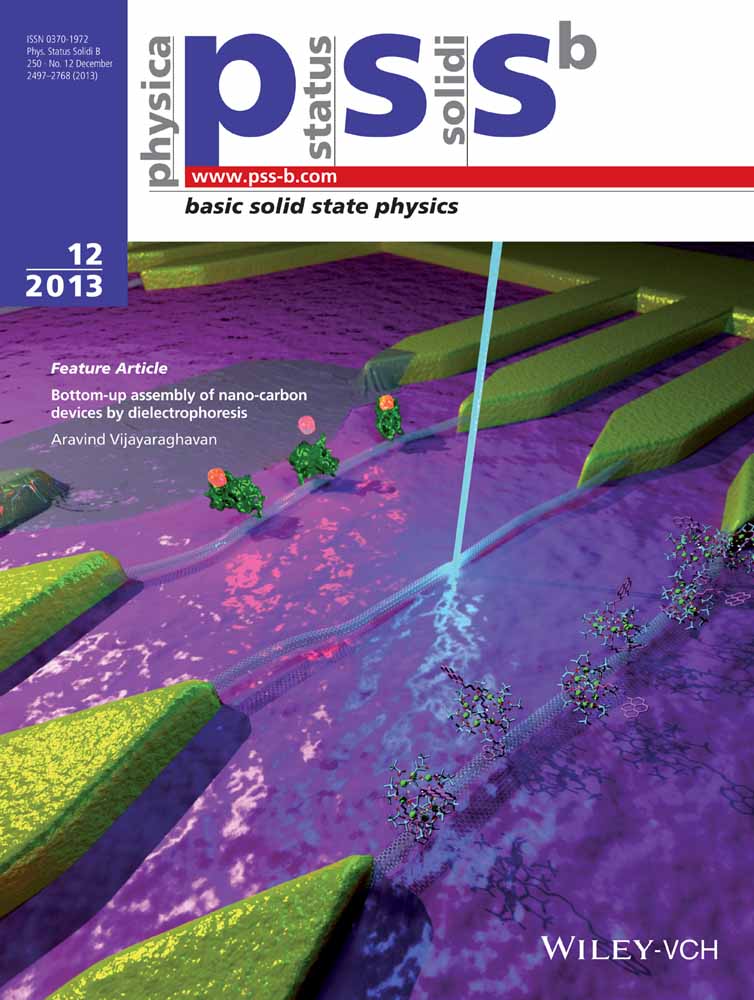Environmental effects on the Raman spectra of single walled carbon nanotubes
Abstract
The radial breathing mode (RBM) is a diameter dependent, resonant Raman active mode of single walled carbon nanotubes (SWNTs). We demonstrate, using three different excitations (explicitly 532, 561, and 785 nm), the influence of ionic surfactants (cetyl methyl ammonium bromide (CTAB) and sodium dodecyl sulfate (SDS)) on the intensity and frequency of the RBM. It was found that the van der Waals (vdW) interaction, between the water molecules and the SWNTs, induced by the CTAB surfactant was stronger than that induced by the SDS surfactant. The strength of the vdW interaction allowed us to suggest that the surfactants were randomly adsorbed on the surface of the SWNTs.




